National Energy women instructors drill into male-dominated workforce
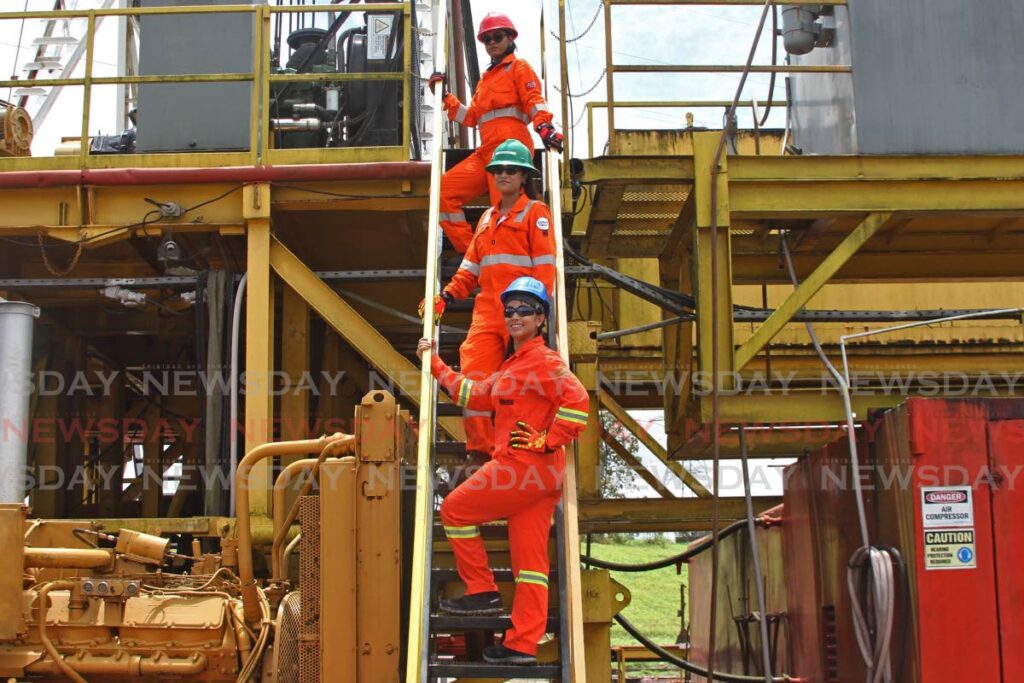
There have long been stereotypes in the world of work, especially in the classification of a what is a man’s or a woman’s job.
The International Labour Organisation (ILO) says the current global labour force participation rate for women is under 47 per cent, while for men it is 72 per cent.
Trinidad and Tobago’s 2020 ILO statistics showed 41.5 per cent of the workforce was women and the remainder were men. The TT Energy Chamber said in March 2022 the downstream contractor labour force was predominantly male, with just 12 per cent being female in 2021.
Additionally, the covid19 pandemic, it said, was a greater shock to the female contractor workforce, which in 2020 accounted for 1,000 female workers, a drastic reduction – 50 per cent – from the pre-pandemic period of 2019, when the female workforce was 14 per cent or 2,000 female workers. The male figure for the same period decreased by 38 per cent.
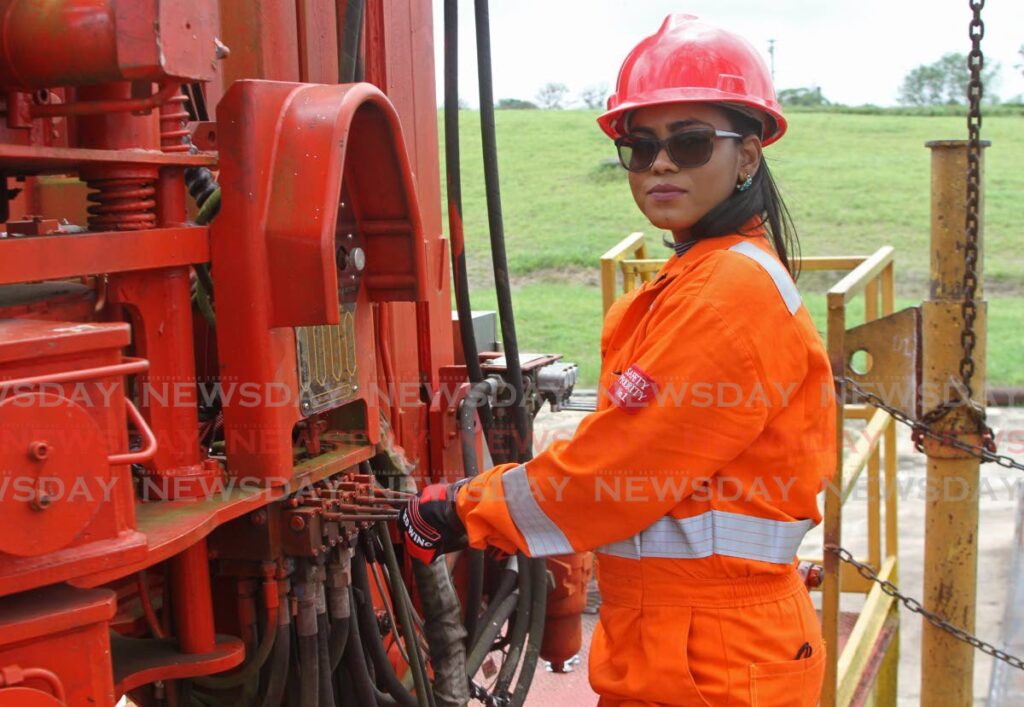
The chamber defines a contractor employee as an employee of a contractor or service company entering any of the downstream gas industry facilities, including the LNG facility, petrochemical plants, other heavy industrial plants and power-generation facilities.
“This pattern of more females leaving the labour force during the pandemic than males have been a feature noted elsewhere, probably due to the fact that women have had to typically take on the brunt of additional childcare responsibilities while schools remained closed, given the prevalence of continued household division of labour in TT.
“Given that many of the jobs in the downstream gas sector are relatively well paid, this sharp gender imbalance in the labour force is something that should be noted by the industry and policymakers,” the chamber said.
The women lecturers at the National Energy Skills Centre (NESC) Drilling Academy in Ste Madeleine believe their presence in the local oil and gas sector was one small step in breaking the bias in this field.
As part of their International Women’s Day 2022 campaign, they highlighted the progress of women in the industry and in women technical vocational training at the NESC.
The academy was launched in 2013 and was the only one of its kind in the western hemisphere. Since then, the number of female students has grown slightly, but of its seven lecturers, four were women.
Now a lecturer, Steffi Hanuman, 33, is a product of the Drilling Academy, where she did the two-year rig-tech programme when it first opened. After qualifying as a roustabout, she worked at two companies that allowed her to do deck management and rig management.

- Marvin Hamilton
She was one of the four female students of the 100-student intake in 2013.
Hanuman said being a female roustabout has many challenges, but her biggest was being on offshore rigs, where the stigma and judgments of her male counterparts were doubled and she always felt the need to prove herself.
“Being mentally strong is critical for a female choosing this career path or any path that is seen as a man’s world. There are going to be fightdowns because you (woman) are seen as taking away a position of a male that can contribute.
“'Why a female here? She can’t do anything.' Those were things said to me on a rig. I have always felt the need to prove myself. They kept their distance from me, I felt I was like a disease to them.
"It took about three rotations before I was seen as a peer,” she recalled.
Lecturer Aniela Mahabir, 35, a petroleum engineer, started her career at a well-known services oil and gas company in south Trinidad.
With about 14 years in the field, she said being a lecturer has been fulfilling and has also presented opportunities to introduce young women to the industry. She teaches the drilling rig operations diploma programme and part-time courses in roustabout and roughneck specialisations.
Mahabir said while the growth intake has been significantly slow, the attitude towards women among the males in the classroom has changed and was more welcoming.
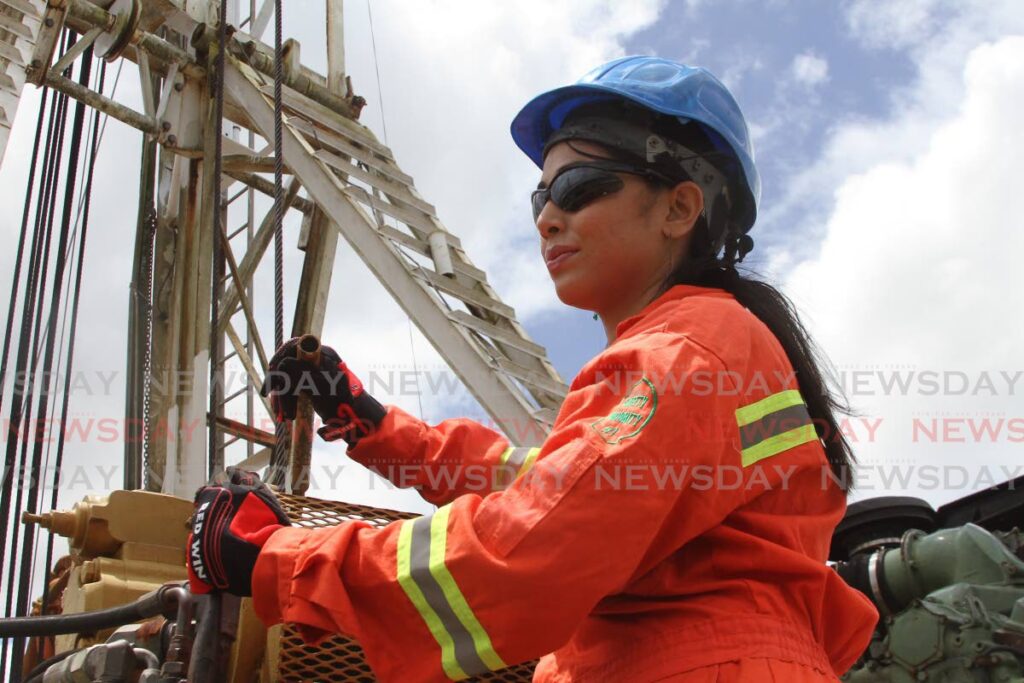
“We have a consistent percentage of women attending the (drilling) programme, so in class of 35 students there has been three to five females and that has generally been the average from 2013 to now.”
Melissa Ragoobar, 34, a petroleum graduate has been a part-time lecturer of process technology at another institution for about seven years.
She said when she started her career at NESC in October 2021 the acceptance of women in the industry was gradually shifting to a more welcoming and positive experience.
Ragoobar recalled her days as a student which she said was challenging but her peers were helpful. Moving into the world of work however, she said there was always the need to compete with her male peers to be seen or recognised.
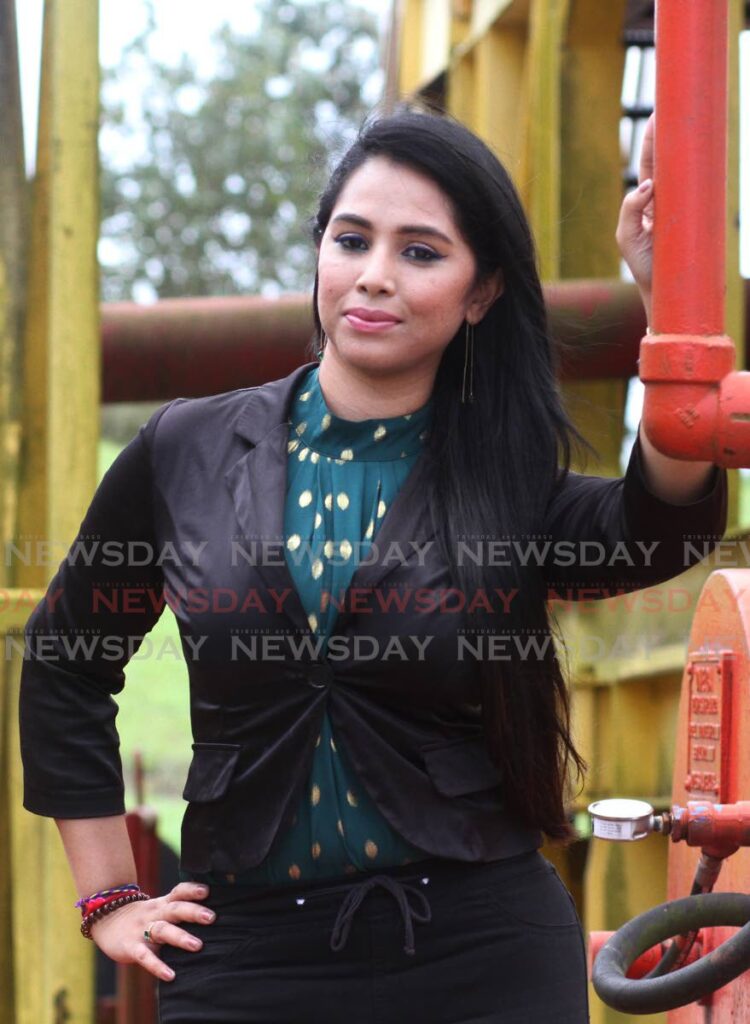
“My classmates and lecturers were accommodating and helpful. It is a male-dominated field, and in trying to get a job employers wanted more males because they were males, and I was overlooked because of my gender.
“Till today getting a job in this sector is very challenging, but some companies are making small adjustments for women. It is not where it should be, but it is a step up.
“I like teaching because it gives me the chance to motivate women and the young girls to pursue their goals despite the critics and noise around them,” she said.
In and outside the classroom, both women said they’d encountered sexism, and setting a no-nonsense tone at the start of a semester or at a meeting was required every time.
Mahabir said, “Once there are clear rules about what is accepted and what is not accepted is critical. At times at meetings, I have been overlooked and have had bad experiences.
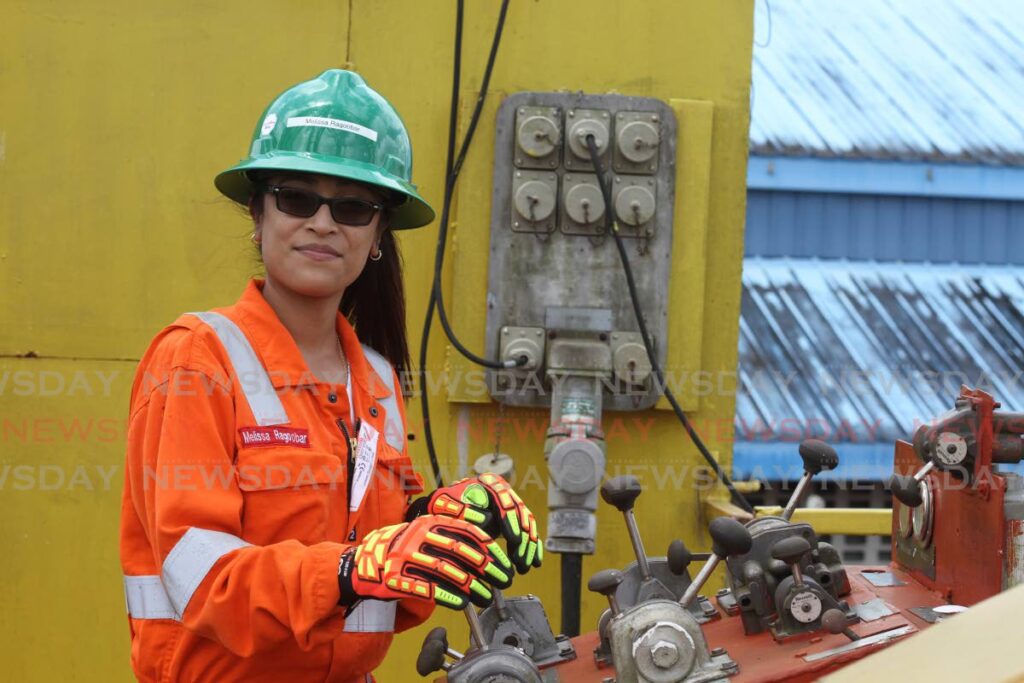
“It is unfortunate and fortunate, because the experience at the moment was bad and demoralising. Out on the field they say that is an approach to make you stronger, but there is a difference between being stringent and being disrespectful.
“Fortunately, coming out of that experience I have learnt to be vocal and set my feet down if I have a point to make in a male-dominated meeting. I learnt to be confident and believe in what I was contributing.”
The women agreed that while steps had been taken to engage and encourage women in the oil and gas industry at an international level, they still believed locally there was not enough movement to pursue women for the sector.
Mahabir said, “Leaders and managers in the oil and gas industry should be able to pinpoint ways and effective means of valuing, increasing and appreciating the role of women in the industry.
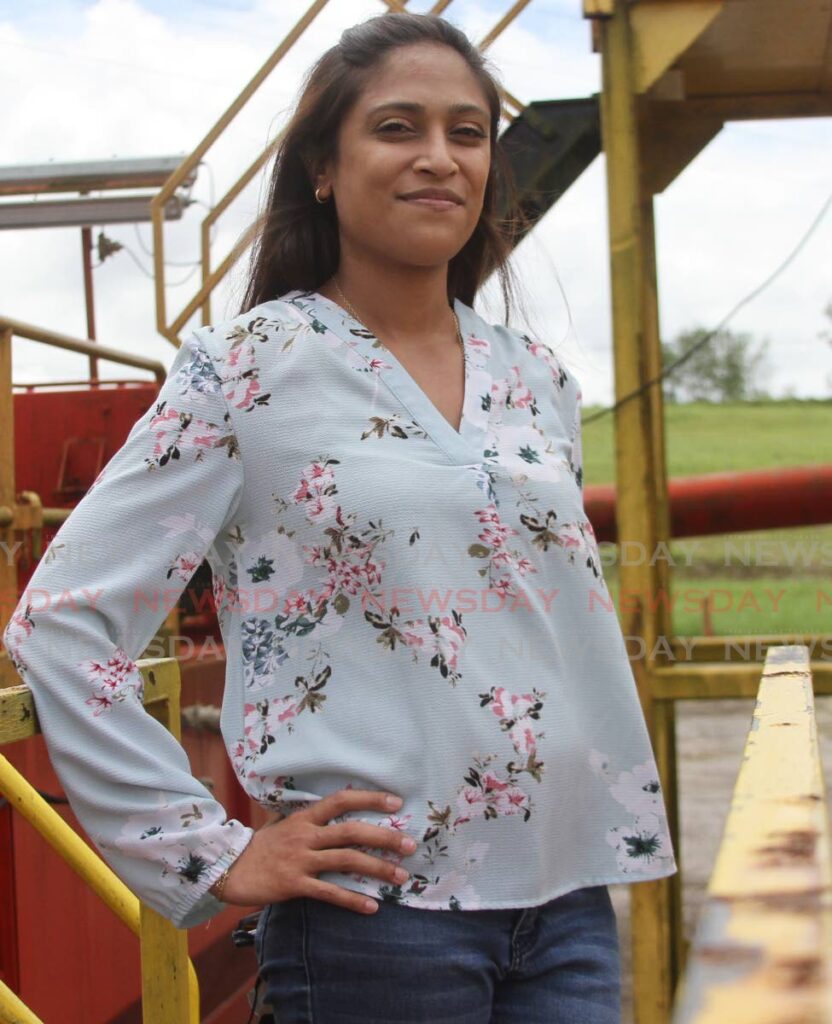
“Women contribute so much to the organisational strength, and they do have novel ideas. We have a lot to contribute, and our talents have been overlooked.”
Hanuman said her gender does not influence her delivery of the programme in favour of the females in her classroom.
She said the drive was to ensure equal opportunities and equity for males and females in oil and gas sector, starting from the classroom and then the rig.


Comments
"National Energy women instructors drill into male-dominated workforce"